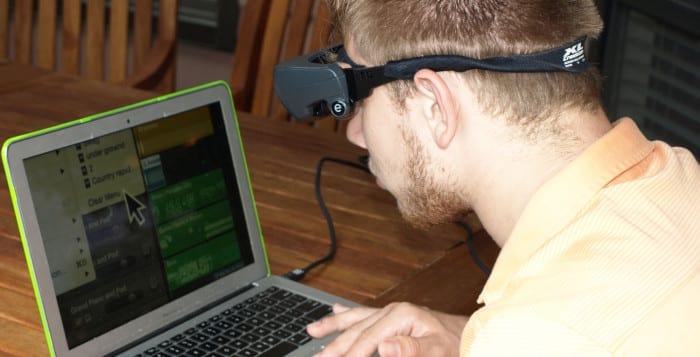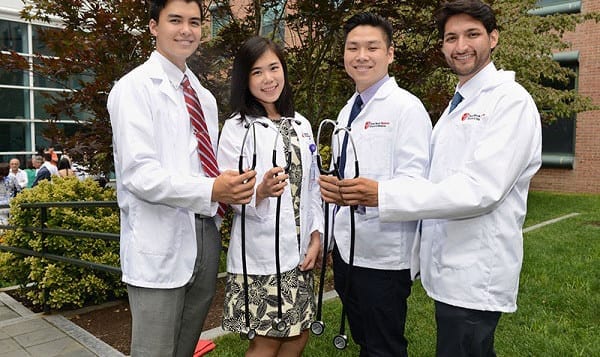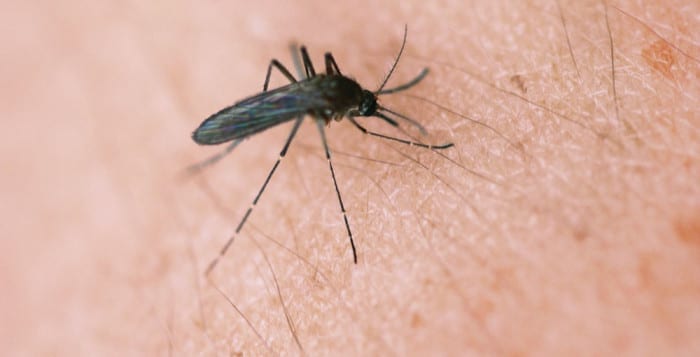By Matthew Kearns, DVM
In the Aug. 13 article we focused on the causes of chronic otitis externa (external ear infections). This article will focus on treatment. First, relieve yourself of the guilt that you did not treat the “infection” correctly. If your pet has chronic ear infections, that usually indicates some predisposing factor (usually genetic in origin). Second, get over the frustration of assuming that because we veterinarians use the term “ear infection” that if treated once, it will never return.
Chronic otitis externa is a problem that can be managed, not cured. Therefore, general maintenance of the ear is much better than waiting for things to get out of control. Talk to your veterinarian about ear cleaners, or if you look for an ear cleaner at the pet store make sure it states that it is a cleaner and a drying agent. This means it will have some isopropyl alcohol and usually propylene glycol to not only break up the wax but also to dry the lining of the ear canal.
Those dogs (or cats) that produce excessive wax should have their ears cleaned regularly (once to twice weekly). If your pet’s ears are really inflamed/infected, you will need medication from your veterinarian to get things under control. However, once the infection clears up, maintenance cleaning is imperative. I have many a pet owner tell me how guilty they feel about cleaning their pet’s ears because they know it hurts and the pet runs away.
However, these same owners usually wait until there is a full-blown infection. Therefore, it is much easier to clean the ears when there is no infection, as compared to waiting until the lining of the ear canal is inflamed and sensitive. Remember, “an ounce of prevention…”
There are some cases that get so out of hand that your veterinarian may suggest sedating your pet to obtain samples for testing (ear cultures, etc.), as well as a deep ear flush to evaluate the ear drum and the middle ear behind it. Although the problem may originate in the external ear canal, it can progress to a middle ear infection (otitis media) and systemic medication may be indicated.
Talk to your veterinarian about exploring the underlying causes of the ear infection. As we discussed in the previous article, it is estimated that 80 to 90 percent of recurrent ear infections are secondary to allergies. Newer, more accurate blood tests can diagnose food allergies, seasonal allergies or both. Avoiding certain foods (including treats), as well as managing seasonal allergies can decrease (or sometimes eliminate altogether) the need for cleaning the ears at all.
As a last resort, there are two surgical procedures that can be performed in severe cases. The first is called a lateral ear canal ablation. This procedure reconstructs a portion of the external ear canal so it more resembles a human ear canal. This allows better airflow and makes cleaning and treatment easier.
The second procedure is called a total ear canal ablation and bulla osteotomy, or TECA-BO (pronounced, “teeka-boo”) for short. This is reserved for end-stage ear canals where over the years so much scar tissue has developed, no medication can be introduced into the canal. This procedure involves removing the entire external ear canal and part of the middle ear as well.
A percentage of patients lose their hearing, but it will eliminate a significant source of chronic pain. The good news is that in almost every case, the patient is deaf before the surgery secondary to chronic disease.
I hope this sheds a little light on a confusing (and sometimes frustrating) disease in pets.
Dr. Kearns has been in practice for 16 years and is pictured with his son, Matthew, his dog, Jasmine.














